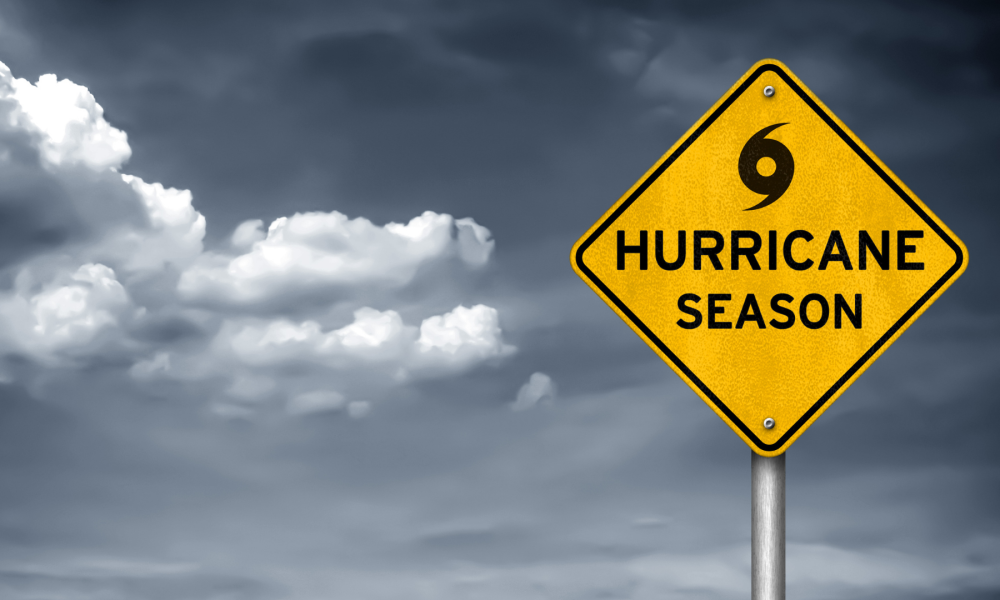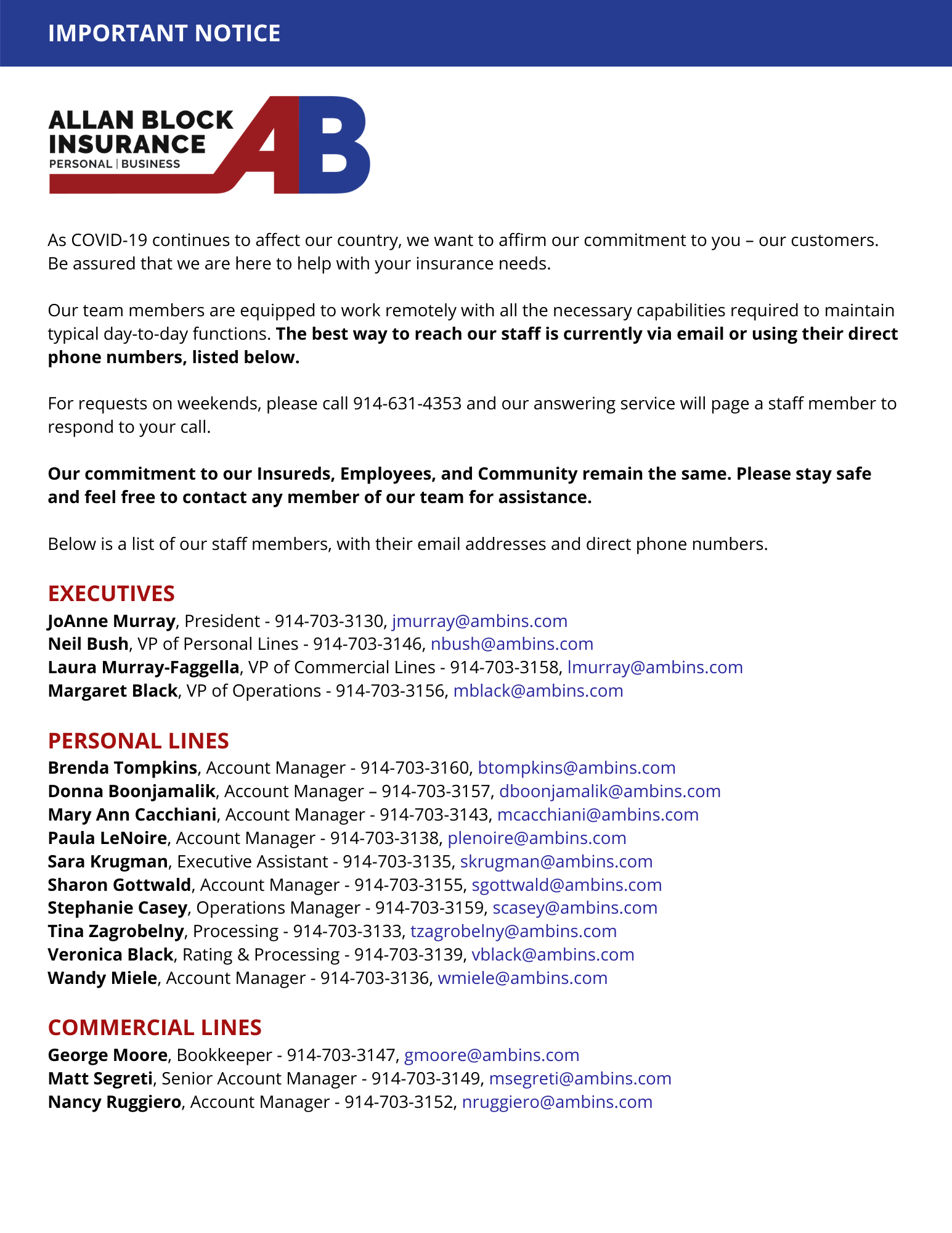“The first rule of hurricane coverage is that every broadcast must begin with palm trees bending in the wind.” – Carl Hiaasen
Hurricane season is upon us once again, and for many of us that means a list of preparations. Flashlight batteries, ponchos, battery-operated phone chargers, extra clothes, cash, a first aid kit, signal items like a mirror or whistle, and non-perishable food products, are collected, and thrown into the Emergency Go Bag in the closet nearest the door. We don’t want to need any of this but if we do, it’s nice to know we have a kit ready to go.
As horrific as these storms can be – anyone living near the coast who went through Hurricane Sandy in 2012 will surely have some awful stories to tell – eventually they do come to an end.
If you haven’t picked up the hint yet, it’s a good idea to keep some insurance information in that Go Bag as well. Not your whole policy, that’s unrealistic. But a small note with policy numbers, effective dates, and claims hotlines can make the difference between being first in line for a repair crew and hearing that “everyone’s already booked solid.”
Besides jotting down that insurance information, when was the last time you checked your coverage?
Most homeowner policies exclude losses due to floods. If you’re outside of a flood zone, flood insurance could be available for a lot less than you might expect. If you’re in a flood zone, your bank probably already required it when you bought your home – and if it’s paid off, I HIGHLY recommend you keep it. Even with recent rate increases, your policy almost assuredly costs less than the cost of repairs, and some of what you lose (for example, family photos) will be priceless. Take as much as you can comfortably afford up to the max – in my experience there’s no such thing as a “little flood” when a hurricane pays you a visit.
Let’s also revisit that homeowner’s policy. Do you have a named storm deductible? Or one that applies to all wind & hail losses? Carriers often use percentage deductibles – find out if this is a percentage of the total loss amount, or a percentage of your building coverage limit. A 2% deductible might seem like peanuts, until you do the math after a loss and realize that your $500,000 policy now comes with a $10,000 repair price tag.
If you can afford a lower deductible (and your policy allows it), I suggest having your policy endorsed for one. The last thing you want to worry about in the aftermath of a disaster is where you’re going to come up with $10,000.
Finally, let’s check your auto policy; you need to have comprehensive or “Other Than Collision” (OTC). This is the coverage that responds to losses like falling trees, or flash flood damage. “But my car is paid off…” so? Can you afford to start a new set of payments? Don’t cheat yourself.
Hurricanes can be very scary events to live through, but if we prepare for the worst, things should work out for the best in the end.



